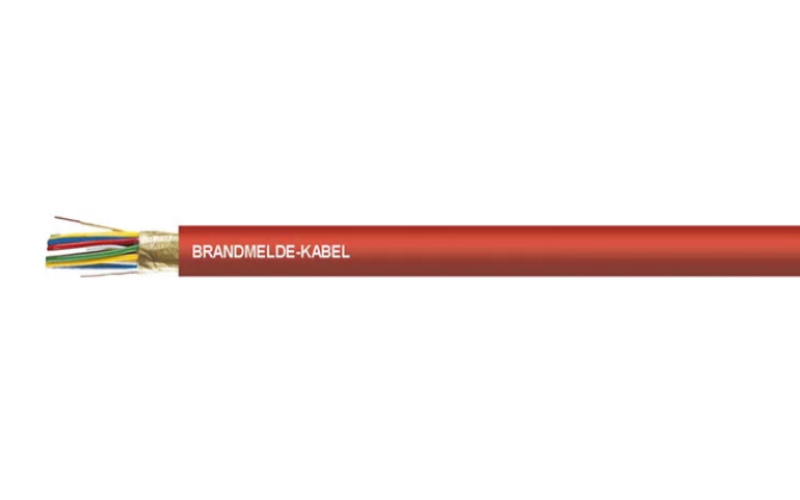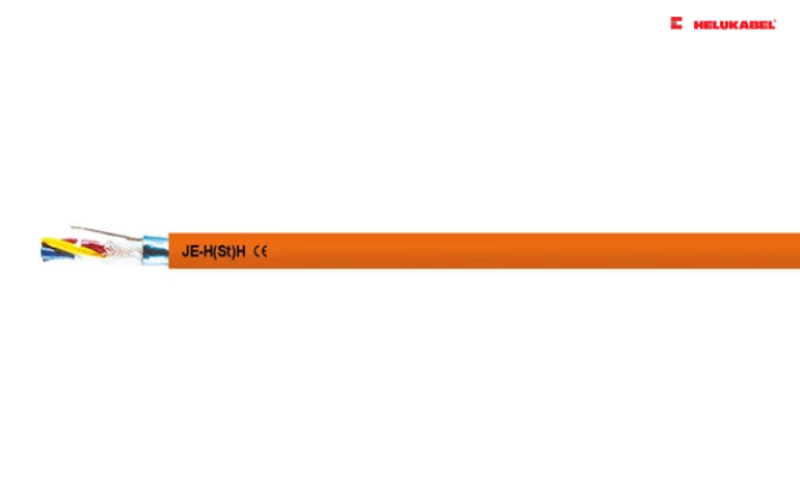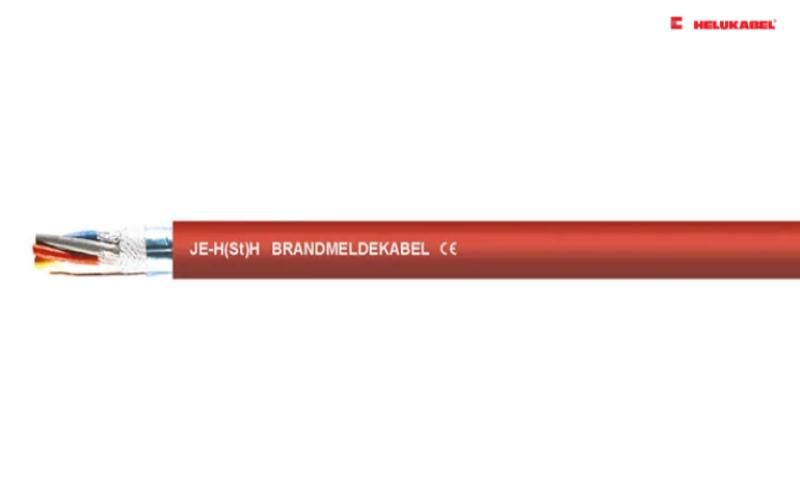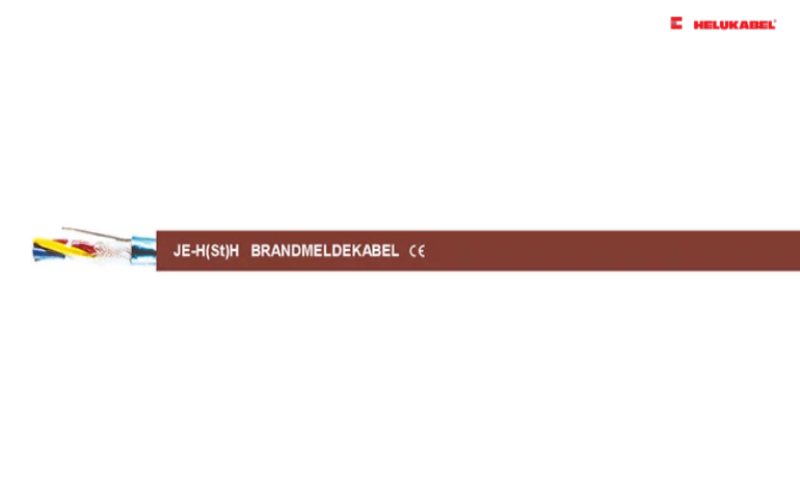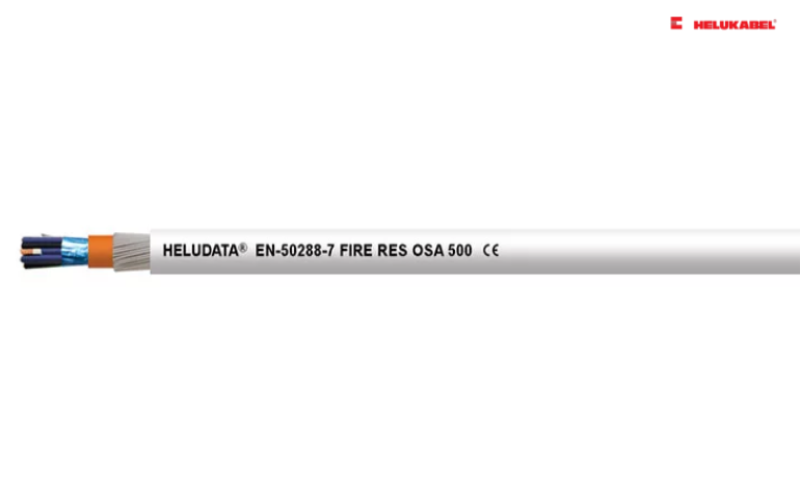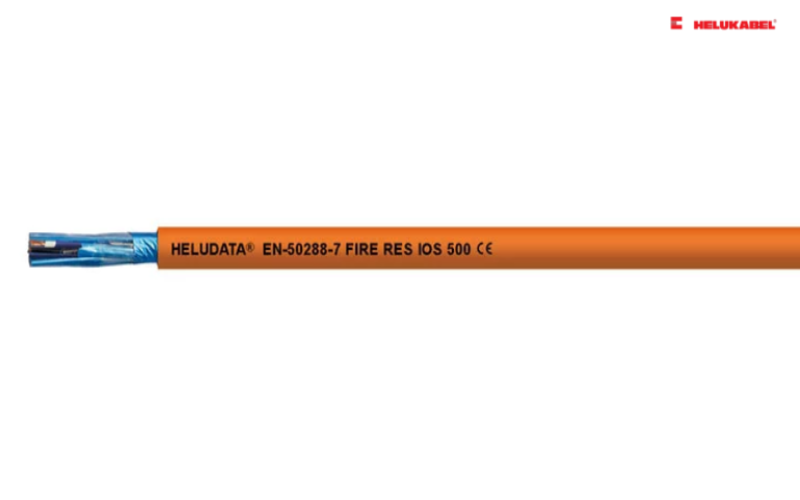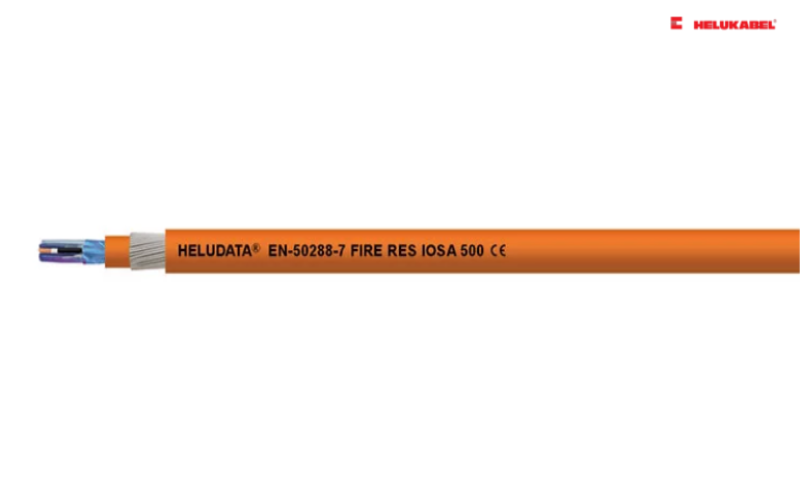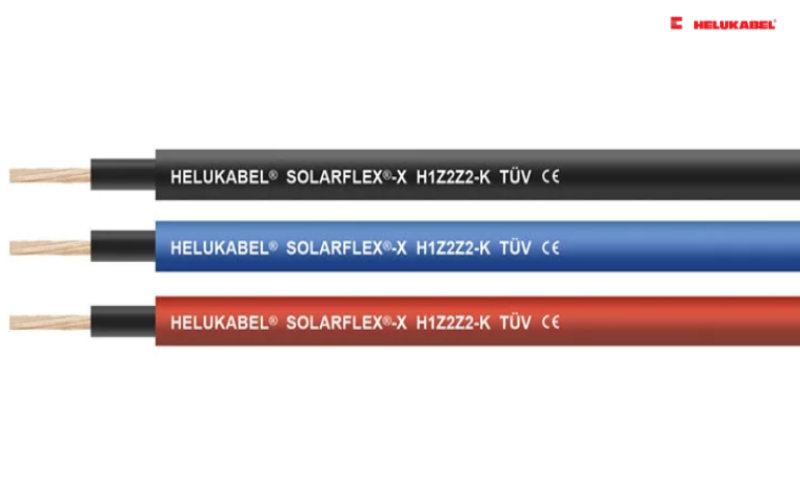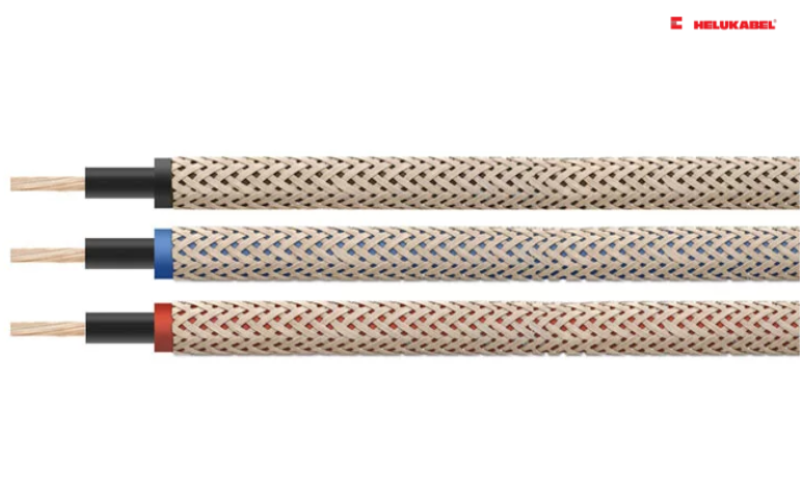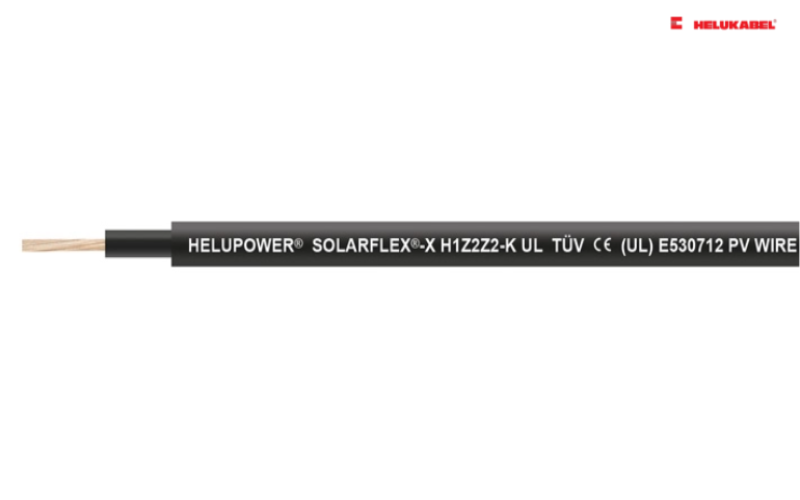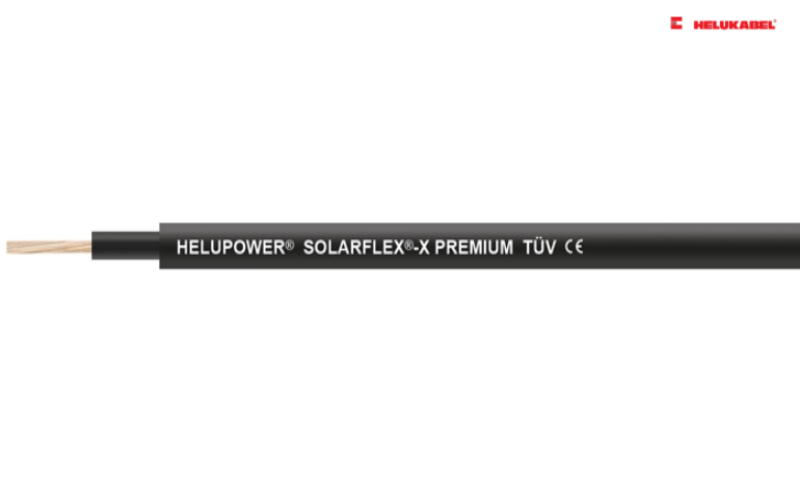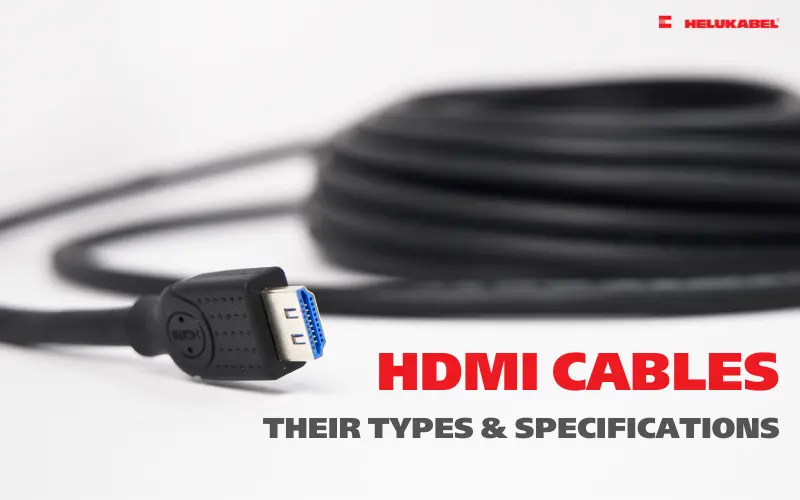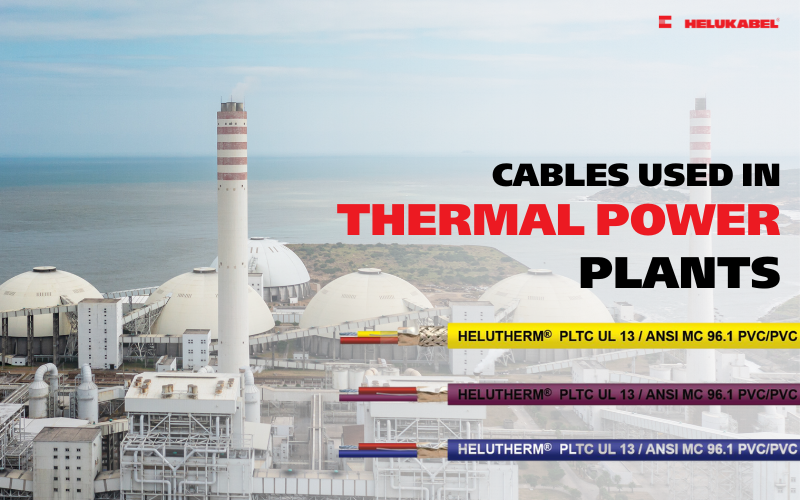What is XLPE? Features and applications of XLPE cables
XLPE cables, known for their superior electrical, thermal, and mechanical properties, are widely used in applications ranging from residential electrical systems to high-voltage power transmission. Let’s explore the outstanding features of this cable type in the article below!
1. Understanding XLPE and XLPE cables

1.1 What is XLPE?
XLPE stands for Cross-Linked Polyethylene, a type of polyethylene plastic that has undergone a cross-linking process to form a three-dimensional molecular structure. This network significantly enhances the material's ability to withstand high temperatures and mechanical stress.
Simply put, XLPE is polyethylene that contains organic peroxide compounds. Under high temperature and pressure conditions, in an inert gas environment, the peroxide initiates a chemical reaction with the polyethylene, forming cross-linked polyethylene (XLPE).
Unlike thermoplastic materials, which can be melted and reshaped multiple times without altering their chemical structure, thermoset materials like XLPE undergo a permanent transformation during the curing process. Once cured, the material becomes rigid and retains its shape under high thermal and electrical stress.
The cross-linking reaction in XLPE cables occurs after the polymer is extruded around the conductor. This post-extrusion curing process forms bonds between polymer chains, typically accelerated by heat and moisture. The result is an XLPE-insulated cable with improved tensile strength and superior physical properties.
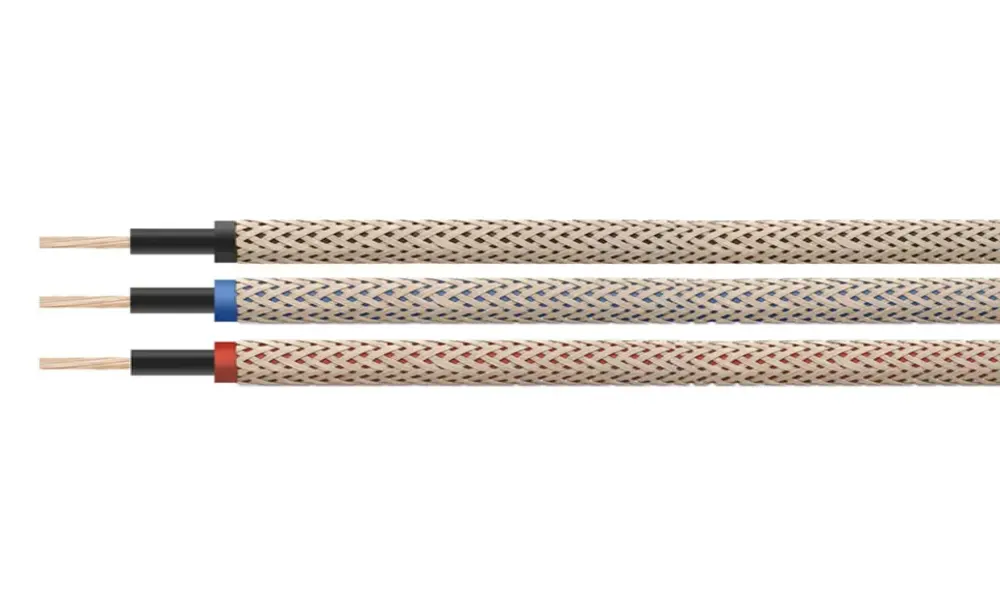
1.2 What are XLPE cables?
XLPE cables are electrical cables with insulation made from cross-linked polyethylene. They are widely used in power transmission and distribution systems due to their excellent thermal resistance, moisture resistance, and chemical corrosion resistance - making them ideal for underground or underwater installations.
The XLPE insulation is produced by chemically cross-linking polyethylene molecules, resulting in a material with high mechanical strength, excellent thermal stability, and superior voltage resistance.
Compared to PVC-insulated cables, XLPE cables offer higher operating temperatures, longer service life, and greater safety in heavy-duty or high-specification industrial applications.
2. Outstanding features of XLPE cables

The cross-linking process not only enhances the strength of XLPE cables but also fundamentally transforms the material's performance. The robust molecular structure improves the cable's durability, operational efficiency, and lifespan.
2.1 Resistance to cracking and abrasion
XLPE insulation is highly durable and resistant to mechanical impact during installation. It maintains stable performance under harsh environmental conditions and fluctuating temperatures. XLPE also minimizes environmental stress cracking over long-term use.
2.2 Excellent stress resistance
XLPE cables can withstand high levels of mechanical and electrical stress, allowing them to be bent, pulled, or manipulated during installation without damage. The conductor and insulation can absorb compression and tensile forces while maintaining integrity.
This resilience extends to electrical stress, such as hotspots caused by high voltage. XLPE effectively disperses electrical stress, preventing damage and extending cable life.

2.3 Superior heat resistance
XLPE cables can operate at temperatures up to 120°C, and even above 150°C under specific conditions without degradation. The insulation also prevents heat transfer to nearby cables, improving the overall safety and efficiency of the electrical system.
These properties make XLPE ideal for extreme industrial environments like petrochemical or chemical plants.
2.4 Additional properties
The cross-linking process can be enhanced with catalysts that modify the insulation's properties. Depending on the additives used, XLPE can be made UV-resistant, flame-retardant, or oxidation-resistant, further extending its service life.
Additionally, XLPE can be manufactured as LSZH (Low Smoke Zero Halogen), making it suitable for installations requiring fire safety and low toxic emissions.
3. Comparing XLPE, PE and PVC insulation materials
XLPE, PE, and PVC are among the widely used insulation materials on the market.
| Properties | PVC | PE | XLPE |
| Thermal performance | Not suitable for high temperature applications | Medium-temperature applications | Excellent at high temperatures |
| Electrical properties | Stable electrical properties, suitable for general use | Good for high-frequency or high-voltage applications | Same as PE, with better thermal performance |
| Durability | Degrades over time | Moderate | Excellent mechanical and stress resistance |
| Fire safety | Flame-retardant but emits toxic smoke | Non-toxic but flammable | LSZH version emits no toxic smoke |
| Cost | Lowest | Higher than PVC | Highest |
In summary, XLPE offers superior insulation performance, thermal stability, mechanical strength, and aging resistance. However, it is more expensive than PVC and PE. PVC is the most cost-effective but lacks durability and heat resistance. PE offers a balance between cost and performance, while XLPE excels in high-demand environments.
The choice of insulation material should be based on application requirements, budget, and technical specifications.
4. Applications of XLPE cables
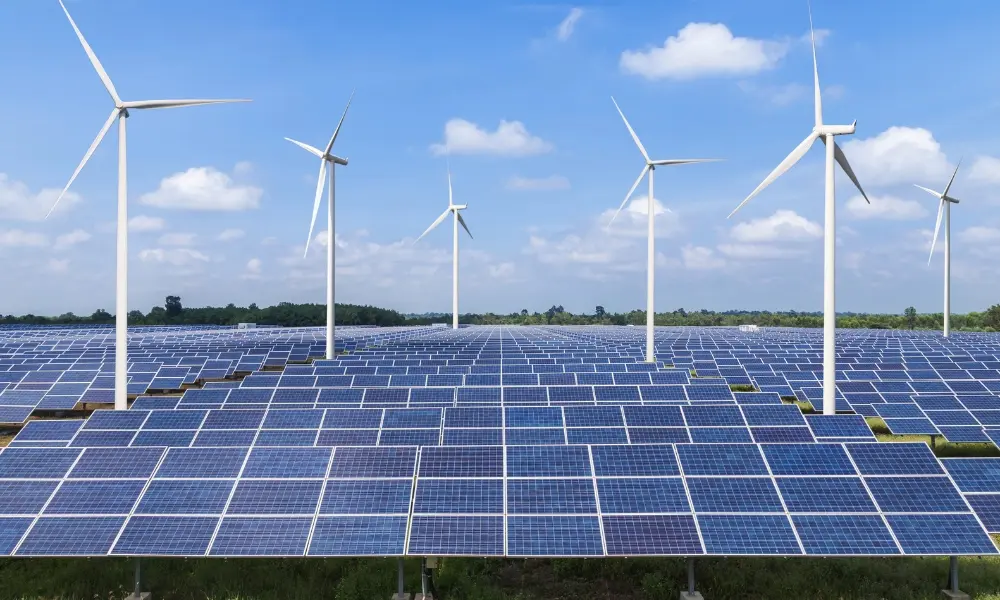
Due to their outstanding properties, XLPE plays a critical role in cable manufacturing. It is especially effective in harsh conditions such as underground or underwater installations, where exposure to moisture, heat, and pressure is significant.
Common applications include:
- Medium and high voltage power distribution: Widely used in utility grids due to superior insulation.
- Underground and overhead transmission: Suitable for both buried and overhead power transmission lines.
- Industrial installations: Preferred in chemical plants, substations, and high-temperature or chemically aggressive environments.
- High-temperature zones: Ideal for areas exposed to extreme heat or corrosive agents where conventional insulation degrades.
5. Types of XLPE cables and HELUKABEL product lines
XLPE-insulated cables are used extensively in power distribution systems because of their insulation efficiency, thermal endurance, moisture resistance, and mechanical strength. Depending on design, voltage rating, and installation environment, XLPE cables are classified into several types. HELUKABEL offers a wide range of XLPE cable products, including:
5.1 Low voltage XLPE cables
Used in low-voltage systems (typically under 1kV), ideal for residential and light industrial applications. Representative products include:
- JE-H(St)HRHBd fire warning cable, FE 180/E 30 to E 90, halogen-free
- JE-H(St)HBd FE 180/E 30 up to E 90 (orange), halogen-free
- JE-H(St)HBd fire warning cable, FE 180/E 30 to E 90 (red), halogen-free
5.2 Medium voltage XLPE cables
Used in systems ranging from 1kV to 35kV, suitable for factories, industrial zones, and internal distribution networks. HELUKABEL provides various options in this segment: N2XSY , NA2XS(F)2Y , NA2XS2Y , N2XSH
5.3 XLPE cables with protective armor
These cables feature a steel or aluminum armor layer to enhance mechanical strength. They are commonly used in underground installations or areas with a high risk of impact, rodent damage, or other physical stress.
5.4 XLPE instrument cables
XLPE instrument cables are used in measurement and control systems - where high accuracy and stability in signal transmission are required. Thanks to their low capacitance and high insulation resistance, these cables ensure accurate and stable signal transmission with minimal interference, making them ideal for industrial environments or areas with numerous electrical devices.
5.5 XLPE cables for solar energy
HELUKABEL supplies XLPE-insulated cables for solar energy, ensuring stable performance under harsh operating conditions.
If you still have any concerns or questions, don't hesitate to reach out to HELUKABEL Vietnam's engineering team promptly for detailed assistance.
HELUKABEL® Vietnam
| Address | 905, Nguyen Kiem Street, Ward 3, Go Vap District, Ho Chi Minh City 700000, Vietnam |
| info@helukabel.com.vn | |
| Hotline | +84 28 77755578 |
| Website | www.helukabel.com.vn |
| Discover our products and place orders | Tiki | Shopee | Lazada | Product finder |
| Follow us on | Facebook | LinkedIn | Instagram | Youtube | Zalo | WhatsApp | Tiktok | Spotify |

